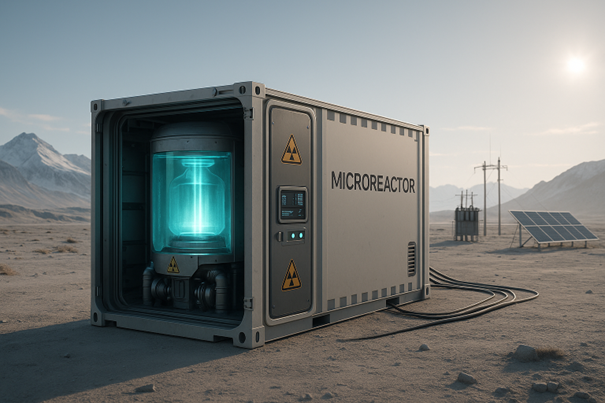As nations race to meet their decarbonization targets and secure energy independence, a new player is quietly gaining traction in the global energy landscape: nuclear microreactors. Once considered experimental, these compact power units are now at the forefront of next-generation energy innovation — promising clean, reliable, and mobile electricity anywhere on Earth.
With geopolitical tensions reshaping traditional supply chains and fossil fuel reliance under intense scrutiny, microreactors may be the breakthrough that bridges the gap between energy security and sustainability.
What Are Microreactors?
Unlike traditional nuclear power plants that require massive infrastructure and decades of planning, microreactors are small-scale, factory-built nuclear systems. Most produce between 1 and 20 megawatts of electricity — enough to power a small town or industrial facility — and can be transported by truck, rail, or ship.
Crucially, these reactors are modular, self-contained, and often designed to operate autonomously for up to 10 years without refueling.
"This isn't the old image of nuclear energy," says Dr. Elisei Marin, a nuclear systems engineer based in Bucharest. "It's clean tech in a shipping container — and it's ready for deployment."
Strategic Applications: From Arctic Bases to Disaster Zones
Microreactors are gaining favor with governments and private operators alike due to their versatility:
- Military bases in remote or conflict-prone regions.
- Disaster relief zones where grid infrastructure is down.
- Mining and hydrogen production in isolated industrial locations.
- Even lunar or Martian outposts, as NASA considers Kilopower reactors for future missions.
The U.S. Department of Defense has already initiated tests under its Project Pele, and countries like Canada, South Korea, and France are drafting fast-track licensing frameworks for deployment in the next three years.
Safety, Cost, and Controversy
Critics remain cautious, citing concerns about nuclear waste, proliferation risks, and unknown long-term costs. However, proponents argue that microreactors have significantly fewer moving parts, passive cooling systems, and built-in containment mechanisms that reduce meltdown risk almost entirely.



